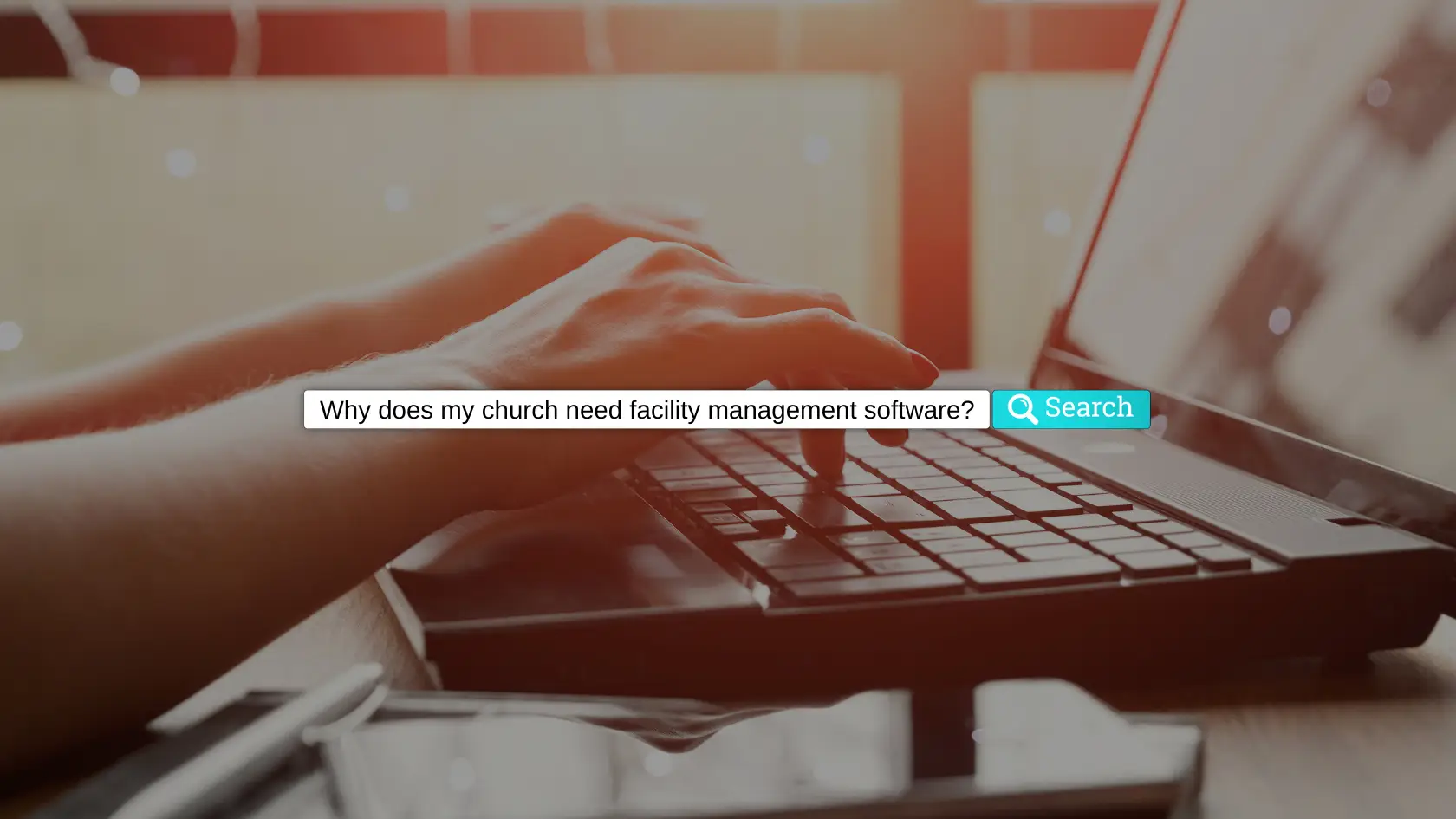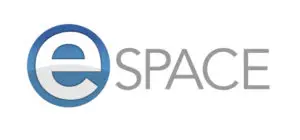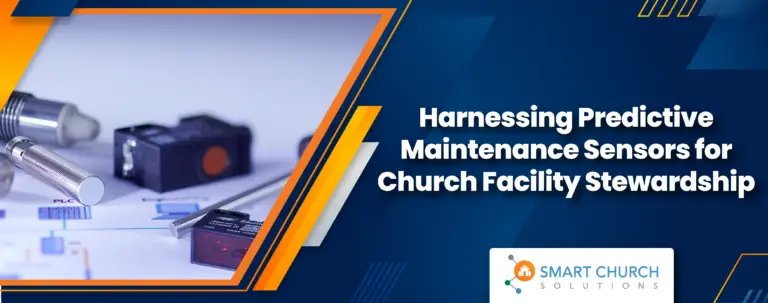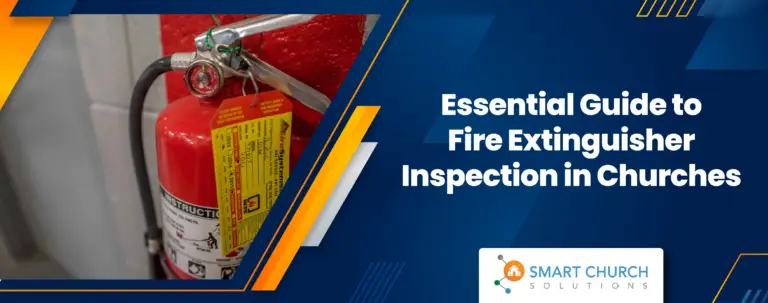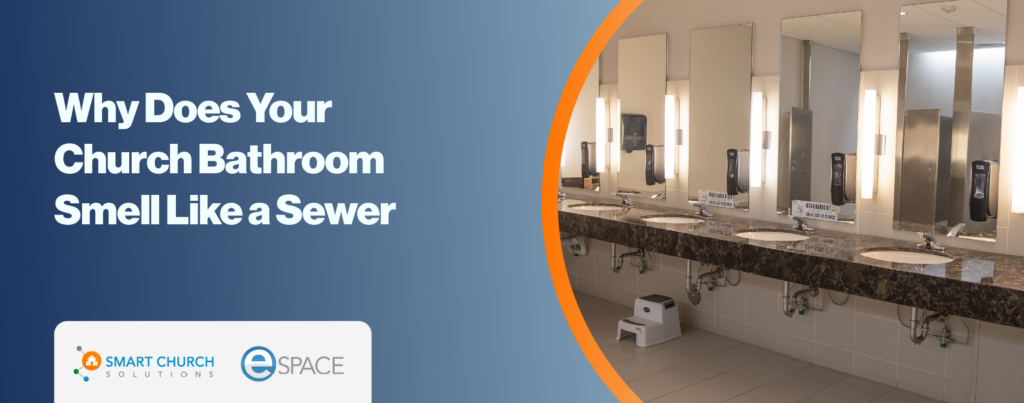Let me start by proposing a simple question: How does your church currently track and process work requests? Legal pad? Excel spreadsheet? Post-it notes? Or do you cross your fingers, hope, and pray?
Setting the Groundwork
Now, I would like to explore other options for tracking work orders, service history, equipment, capital improvements, on-site staff assignments — the list could go on. In the following paragraphs, we will investigate the needs of most organizations to track work requests and work orders. First, let’s develop language.
Facility-Related Words and Phrases Explained
- Work Request: A request from your organization that someone is asking to be addressed (i.e., it is too hot in our classroom, the copier is not working, etc.)
- Work Order Process: The system/process that you use to facilitate the inspection, review, acceptance, and fulfillment of the work request.
- Scheduled/Preventive Maintenance: These are items that reoccur regularly (or should occur regularly). These can include preventive maintenance items (HVAC servicing, changing filters, etc.). Items that must be scheduled and routinely tracked (housekeeping items, yard maintenance, etc.) also fall into this category.
- Capital Improvement Needs: These are items that are identified as having a predicted life cycle with a predetermined or expected end of its useful life/service. These would be items that would require capital funds to replace or significantly modify to extend or start a new Life Cycle (i.e., Replacement of HVAC equipment, paving in the parking lot, replacing or re-coating roofing materials, replacement of floor coverings, etc.)
- Vendor Management: Regardless of who does the work at your facility, you need to assign it and follow up on completing it. There needs to be clear and definitive communication to all personnel performing services for the organization, including assigning work, tracking the work, issuing the proper paperwork, warranty fulfillment, etc.
- Equipment Cataloging and Tracking: Your facility has HVAC equipment, light fixtures, plumbing fixtures, water heaters, kitchen equipment, IT equipment, and more. What is your process for tracking each piece of equipment? Do you have a system/process to schedule work orders and preventative maintenance for each item? This is where cataloging and tracking equipment come into play.
- Inventory Control: If you have restrooms, you consume a certain amount of paper products. If you have light fixtures, you will have bulbs that need to be replaced. How do you know if you have enough inventory at any given time? Inventory control, especially of your regularly consumed items, is critical to your facility management initiatives.
Now that we have started to develop a common language, we will explore how a process and system can be developed to help you manage your facility.
The Complexity of Your Facility
Most organizations’ facilities are complex, commercial structures. Even if your facility is less than 10,000 square feet, it is a commercial structure. Therefore, it is complex.
Regardless of the size of your facility, take a minute to answer the following questions:
- Does your facility have more than one HVAC unit? If so, do you have more than five tons of cooling/heating capacity?
- Does your facility have an electrical service that is larger than 400 AMPS?
- Do you have paved parking spaces with a curb cut to a city, town, county, state, or federal road?
- Do you have an automatic fire sprinkler system and a fire alarm system?
- Does your facility have exit signs and emergency lights?
- Are the ceilings in your facility higher than 10 feet with light fixtures in those ceilings?
- Is any part of your roof over 30 feet tall?
- Do you have more than one water heater?
- Is any part of your building made of steel/metal?
You likely have a complex commercial structure if you answered yes to two or more of the above questions. And with that type of structure comes the need for scheduled maintenance, repairs, work orders, etc. In most cases, skilled professionals in these trades need to complete these tasks, whether from inside your organization or not.
Intentionality and a Central Database
I am sure some of you agree with the above, but now maybe you are wondering what’s next. Therefore, let’s look into two of the most apparent reasons why any of this matters.
Intentionality
People do not plan to fail; we fail to plan. We do not intend to forget to change the HVAC filters, clean the coils, or clean the carpet. However, without a plan, these things become lost in the hustle and bustle of the urgent items that tend to dictate our daily activities.
When that happens, the low-cost maintenance items evolve into higher-cost repair issues if addressed later. Having a proactive system, like eSPACE, that will remind you about these items will save you time and assist you in being an intentional facility steward.
Central Database
Do you have a spreadsheet here, a sticky note there, an email requesting work, and a legal pad full of ideas? We once met with a client who said, “When all four of us involved in the care of our facility are together, we have all the needed data.”
But what happens when only two are together? Does that team only have 50% of the needed data and information?
We hear this iteration repeatedly from organizations with tens — even hundreds — of thousands of square feet. Having a single source to input and store your facility’s data is critical. You must have a single, secure place to store data, process work orders, track historical data, evaluate work requests, and manage vendors. On top of that, it needs to be accessible to all the key players and stakeholders. Without this single repository, you will always be subject to missing critical data when you need it most.
Facility Management Software Can Save Time, Money, and Stress
By utilizing facility management software, you could increase your operational staffing efficiency by about 15-25%, not to mention the potential, and highly likely, energy and utility savings. Our web-based software, eSPACE, reduces your team’s workload so you can focus on your mission. Additionally, the software helps you stay organized, plan confidently, and remove stress from your team.
This is a win-win, don’t you think? Save yourself the headache, and book a demo with us today to learn more about how eSPACE can help you steward your time and resources.


